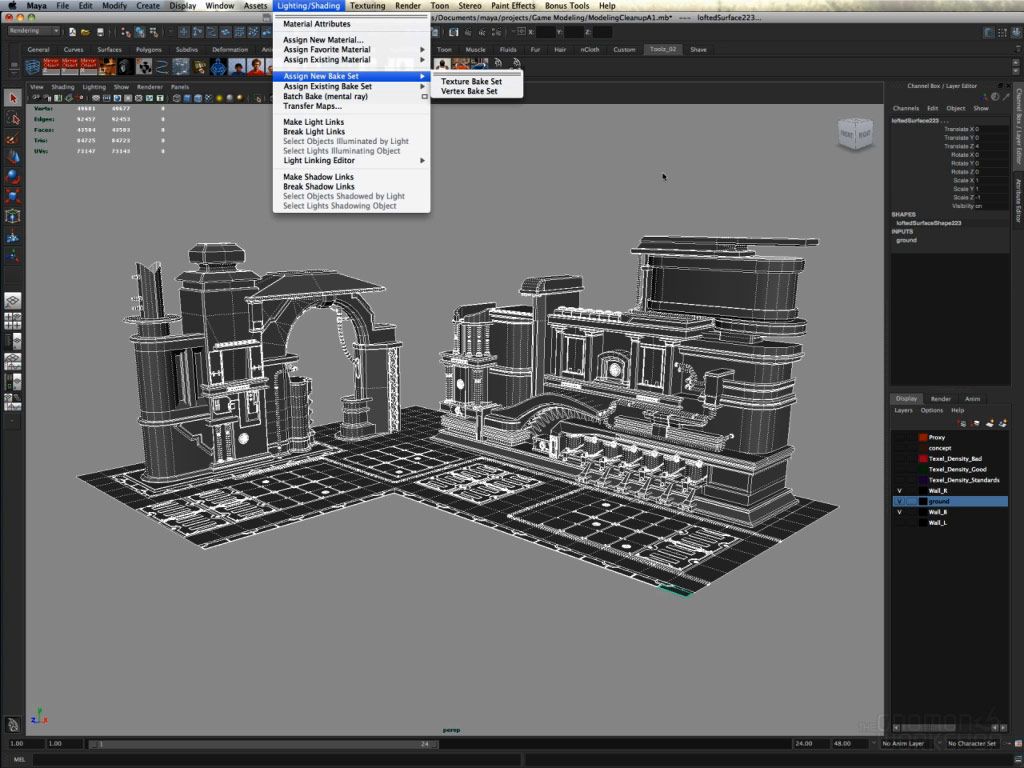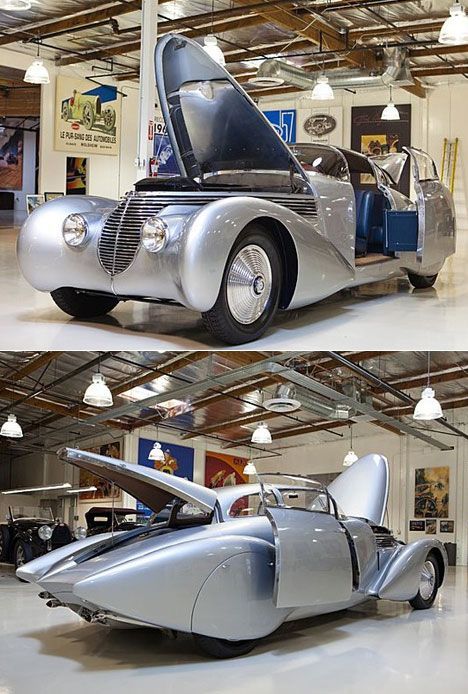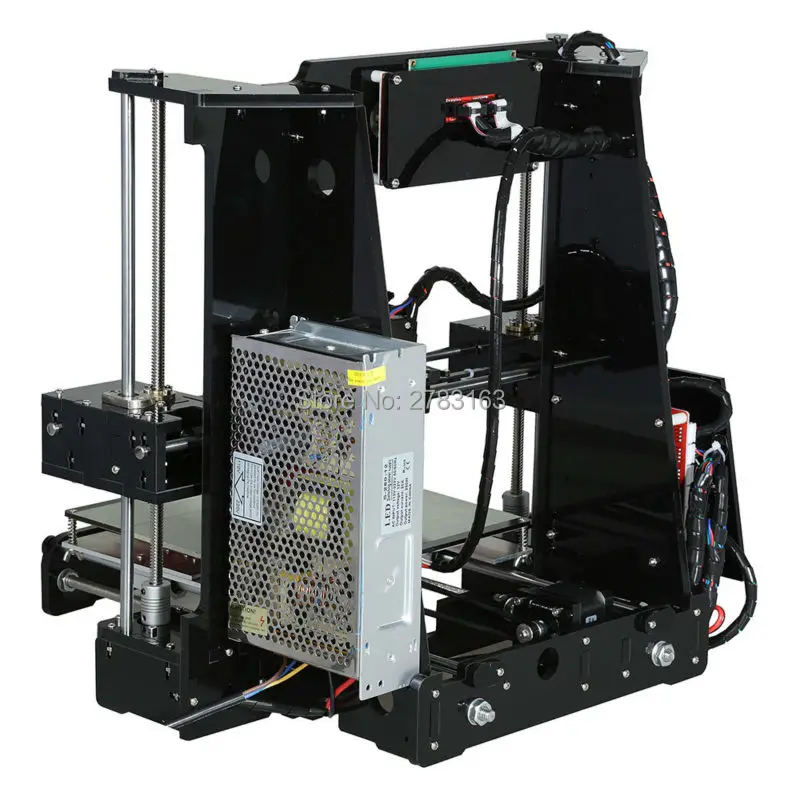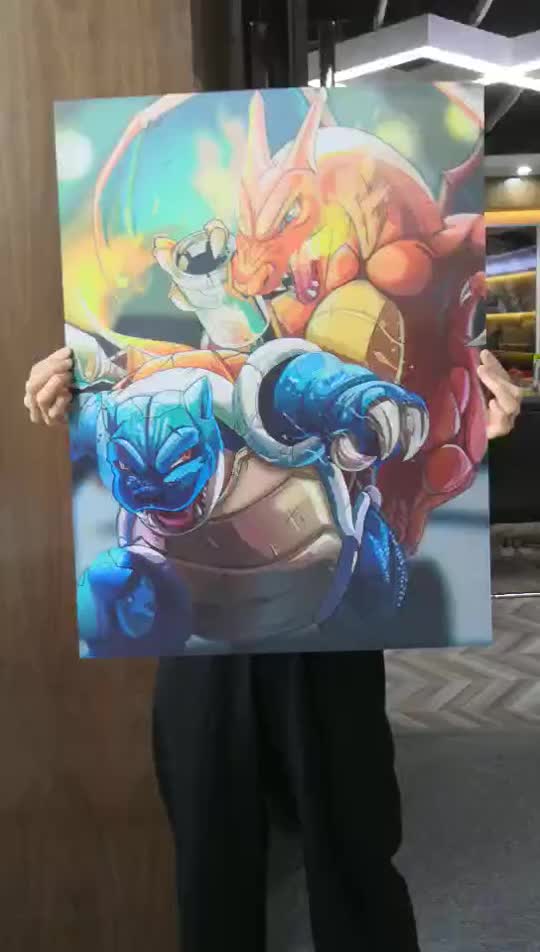3D printing in the elementary classroom
11 Great 3D Printing Ideas for Engaging Elementary Lessons
3D printers are becoming more and more common in schools but many teachers don’t know how they can be used in subjects other than a tech class. These 11 brilliant 3D printing ideas can be used in many different subjects.
11 Great 3D Printing Ideas for Engaging Elementary Lessons
The latest technology being used in schools to teach a wide variety of subjects is the 3D printer.
Maybe someday it will be commonplace, but right now it’s like magic. It’s a great tool for teaching science, technology, engineering and math (STEM) skills as well as collaboration, communication and metacognitive problem-solving.
3D printers make solid objects out of light plastic applying it layer by layer directed by a 3D modelling program. Before starting the program, you may need some technical tips.
There are several different models available that are suitable for an elementary classroom. With transparent covers on most printers, students can watch the printing with amazement as the object is built.
Increase Student Engagement with 3D Printing
Lessons that are supported by a 3D printer keep your students engaged and motivated from the first step to the final product.
They are encouraged to design, create and explore possibilities that most of us never thought were possible.
Whether they create a model of an ancient engine, a Shakespearian character in full costume or a replica of an ancient artifact, it all becomes possible with a 3D printer.
Unless you already know the 3D ropes, you may want to take some time to become an expert as this will give your students a better experience at first. At some point, they will be way ahead of you.
Three ways students can create 3D objects are:
- Scan a drawing or photo of something that exists such as the skull of a T-Rex
- Download a template of one of the thousands of objects that are already designed and put online
- Design an original object using a computer-aided (CAD) modelling program
Gone are the days of drawings and cutouts.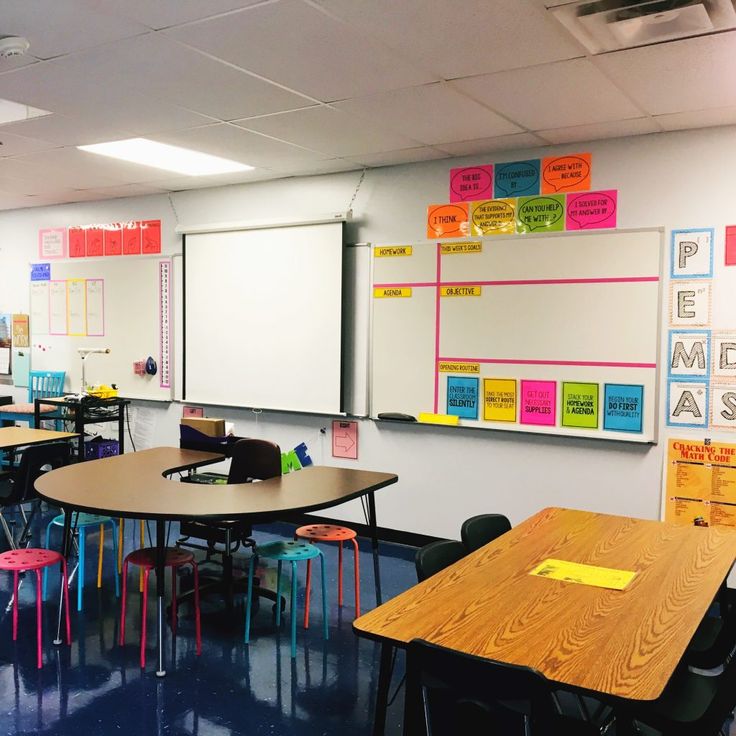 Today, they can create the real thing. Here are some of the best activities I have done in my elementary classroom that fulfilled innumerable learning objectives.
Today, they can create the real thing. Here are some of the best activities I have done in my elementary classroom that fulfilled innumerable learning objectives.
1) 3D Printing for Geography Lessons
Physical maps are the key to teaching landforms. Learn the benefits of 3D printing for geography lessons.
For example, California has the Sierra Nevada Mountains in the east, the central valley where a large percentage of the fruits and veggies we eat are grown and the Mohave Desert in the south, plus amazing forests and coastline features such as bays and harbors.
All of these features can be designed and processed by 3D software and a physical map of the state can be printed. When teaching maps and geographical formations, 3D printing is not only exciting for students but also provides geographical education that is lightyears from a textbook.
2) 3D Printing for History Lessons
Creating a castle from geometric shapes and 3D printing it is an all-inclusive activity for the whole class. It involves measuring, geometry, coding and more.
It involves measuring, geometry, coding and more.
Another fun activity was creating ancient artifacts and 3D printing them. This activity was mainly about ancient history and we created 3D suits of armor, the Rosetta Stone, dinosaur fossils and a model of the Acropolis.
3) 3D Printing in Biology Lessons
My students were studying insects and arachnids and learning about the sections of the body, number of eyes and number of legs.
After identifying the features of each, I asked them to design a bug that adhered to the required features of each.
For example, the legs have to support the weight of the body and some insects have wings. 3D printing of the various new insects was the highlight of three weeks of biology lessons.
4) 3D Printing in STEM Lessons
STEM and STEAM, (the A stands for Art) naturally fit with project-based learning. Students integrate several disciplines including science, math and design to understand concepts.
This also requires creativity, collaboration and problem-solving. A 3D printer is a top tool for these lessons for maximum student engagement.
A 3D printer is a top tool for these lessons for maximum student engagement.
As mentioned above, the 3D printer allows you to integrate engineering and technology into language and history subjects.
In small groups, my students designed the best protection for the common egg-drop. They thought of things I never would have and all of them worked.
One actually used a model of COVID-19 and put the egg inside!
5) 3D Printing in Maths Lessons
There are multiple (no pun intended) ways to teach math with a 3D printer, but one of the best is fractions and decimals.
My students chose an object and decided how to divide it into different fractions. First of all, they had to understand what a fraction is, then they had to pick an object, measure it and choose the places to cut to get four (or whatever) equal quarters.
We printed each quarter separately and combined them to create the whole object. It was easy to introduce decimals when they were holding the divided objects in their hands.
6) Use 3D Printing to Create Human Organs
This activity had a huge impact on my students. To actually hold a heart or a skull in their hands really made them think.
A skull has mostly been a design element on T-shirts, jewellery and backpacks or a major feature of a horror movie, but when connected to science, it was the first time my students realised that each one of them had this sinister-looking object in their head.
7) Use 3D Printing to Study Dinosaurs
Most children go through a few years of fascination with dinosaurs.
You can buy small plastic dinosaurs in bag-loads, but are they accurate and when did they exist? When my students studied the epochs and learned the dinosaurs that lived in each one, they realised that there was no category called dinosaurs.
This started a frenzy of learning and 3D printing of the different giant beasts throughout the epochs from the Palaeozoic Era to the Mesozoic Era to the current Cenozoic Era.
Some students drew a large timeline as the background showing plants and landforms that existed in each epoch.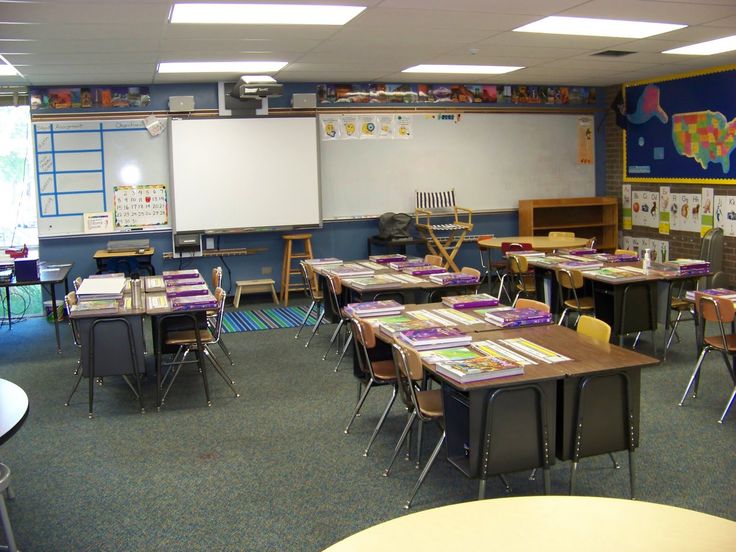
This was one of the best activities of the year and was displayed in the lobby of the school for all to see.
8) Use 3D Printing to Create Puzzles
Teachers and students alike can create math manipulatives to teach math concepts such as the four basic operations, fractions and place value.
Designed properly, they can also be used to teach algebra and more.
I asked my class to design jig-saw puzzles with at least 25 pieces. They had to have a picture or graphic and the pieces had to fit together.
They worked in pairs and we printed out each piece and board. It took two weeks to complete, but the children had a great time and learn a lot about area, teamwork, color, graphics and more.
Many puzzles are educational such as the hyperboloid tool, a straight line that can be manipulated to glide through a curved hole, da Vinci’s aerial screw or helicopter prototype and Archimedes’ screw.
When these are 3D printed, they inspire wonder and open the door to many different worlds in science and history.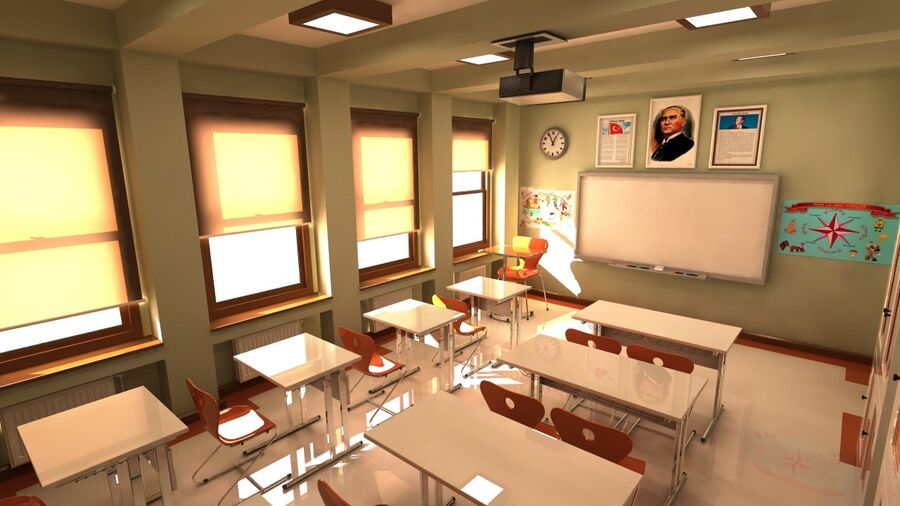
These fun and intriguing puzzles bring math to life and give the student a real boost in his or her math and engineering skills.
9) Use Pre-Made 3D Printing Kits
STEM kits for creating robots are hugely popular for children and teach a myriad of skills.
You may balk at the expense, but this is the time to make collaborative teams that work on one robot.
Then you only need three or four kits. The 3D printer prints each component and the students assemble the robot. The different parts can even be customised.
Some kits can even teach coding to pre-K students. The instructions are super simple and the students learn about volume, engineering design, programming and more.
10) Use 3D Printing to Teach Coding
This one isn’t really a project, but it was the basis for all of the above learning activities. I taught my students the steps to create the “slice” required for the printer to read a 2D object and turn it into a 3D object.
Rather than printing text or pictures on a page, the printer builds the object from the bottom up by extruding molten plastic, or other materials from a nozzle. It still amazes me how quickly young children grasp the concepts of technology.
It still amazes me how quickly young children grasp the concepts of technology.
According to a report produced at the University of California at Davis, 3D printing and robotics provide experiential learning experiences from an early age that will help them in their higher education STEM-related subjects.
The importance of these kinds of experiences can’t be overstated. Not only do they learn the technology, but they learn teamwork, collaboration and communication.
You may think that elementary school is a bit early to learn about the technology that may be obsolete in five years or less. While this may have been true 10 years ago, it is not true now.
Coding may change, but if you know the basics from an early age, it will be far easier to change with it than to start from square one.
11) The Most Popular 3D Printed Items:
- A cutaway Earth model that can be painted – It shows the crust, mantle, outer core and inner core
- A satellite view model of a hurricane – It has the eye and swirling clouds of the formation of the storm.
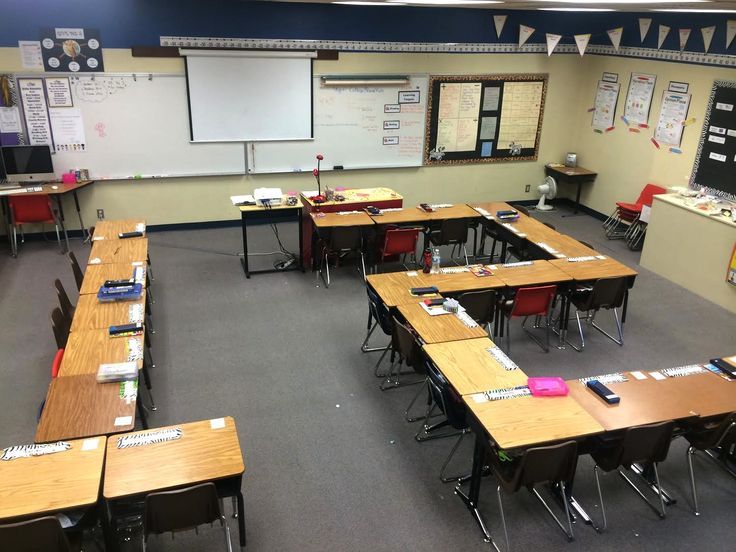 It makes it easy to visualise the phenomenon and gives an idea of the gigantic size of the storm with outlines of land also seen.
It makes it easy to visualise the phenomenon and gives an idea of the gigantic size of the storm with outlines of land also seen. - Different types of bridges – students can design their own bridges or make models of suspension, beam, arch, cantilever, truss or cable-stayed bridges. This can be linked to cities and rivers where the different bridges are found.
- Different ancient ruins – The Pyramids of Giza, Chinchen Itza, Roman Colosseum, Taj Mahal, Statue of Liberty and many more monuments and ancient wonders can be created.
You Will Be Surprised at the Positive Change in your Class.
It may take a little time for you to learn all you can about the use of 3D printers in the classroom. But, it is well worth the effort because the learning experience it gives to your students is exponential.
You may find as I did that they pick it up quickly and develop amazing educational uses that I never thought of.
3D Printing Ideas FAQ
How Is 3d Printing Used in Education?
3D printing can be used in many subjects, not just the obvious tech and computer classes.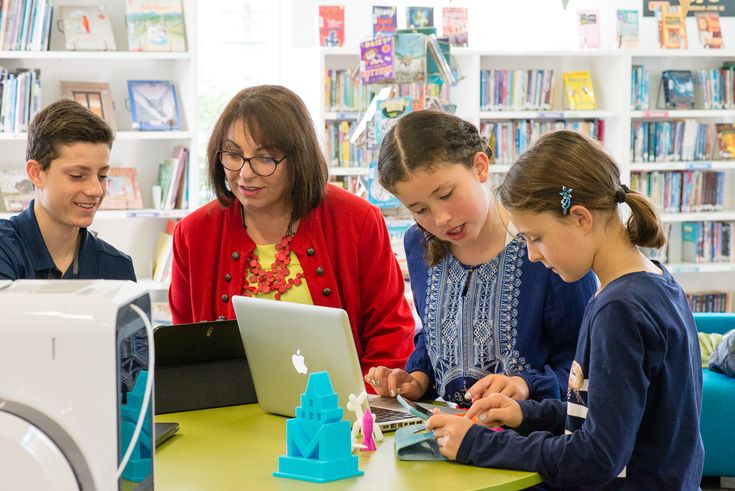 Building organs or bugs in Science, ancient buildings in History or even 3D maps in Geography.
Building organs or bugs in Science, ancient buildings in History or even 3D maps in Geography.
Why Is 3d Printing Important in Education?
3D printing is the ultimate tool for building engagement. it is an exciting tools that all students want to learn. It complements many curricula and allows students to build new problem solving skills.
Similar Posts:How to use 3D printers in the classroom
3D printers are receiving a lot of interest in the educational space, and are frequently cited as a new catalyst for learning. Certainly, this revolutionary technology is helping teachers to reach a level of student engagement that is almost impossible to recreate from a textbook.
But its not just about engagement. In fact, a report from the Department for Education (DfE) found that 3D printing in schools offers a number of compelling benefits for teachers and students.
3D printers have significant potential as a teaching resource and can have a positive impact on pupil engagement and learning
3D printers in schools: uses in the curriculum, DfE
The benefits of using 3D printers in the classroom
3D printers are helping to inspire a new generation of STEM learners by combining problem-solving skills with creativity and innovation.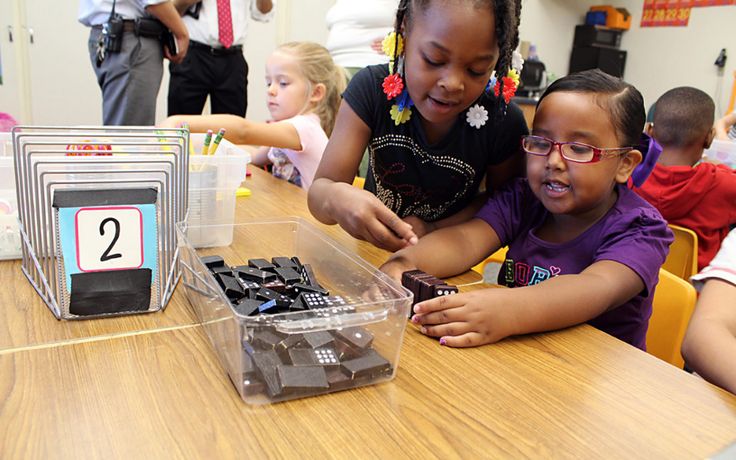 But this nifty tech also has the potential to support pedagogy across all disciplines.
But this nifty tech also has the potential to support pedagogy across all disciplines.
Make learning active
Pupils learn best through interaction and application. By doing rather than by reading a book or listening to a lecture. As such, 3D printers are an excellent way to deploy experiential learning and give pupils more hands-on experiences. With 3D printers, teachers can create activities that take academic concepts from the theoretical to the practical. For example, in biology lessons, students could create an anatomical heart. Such active learning also ensures that pupils retain information with greater ease.
Encourage real-world understanding
3D printers help to put learning into context, so students see the value of lessons in the form of real-world problem-solving. For example, one trainee teacher has developed an amazing 3D bee prototype which he hopes will allow the bee population to increase.
Augment the educational process
Students can easily spot where they have made mistakes, discuss these errors with the class, learn from these mistakes, and rectify them.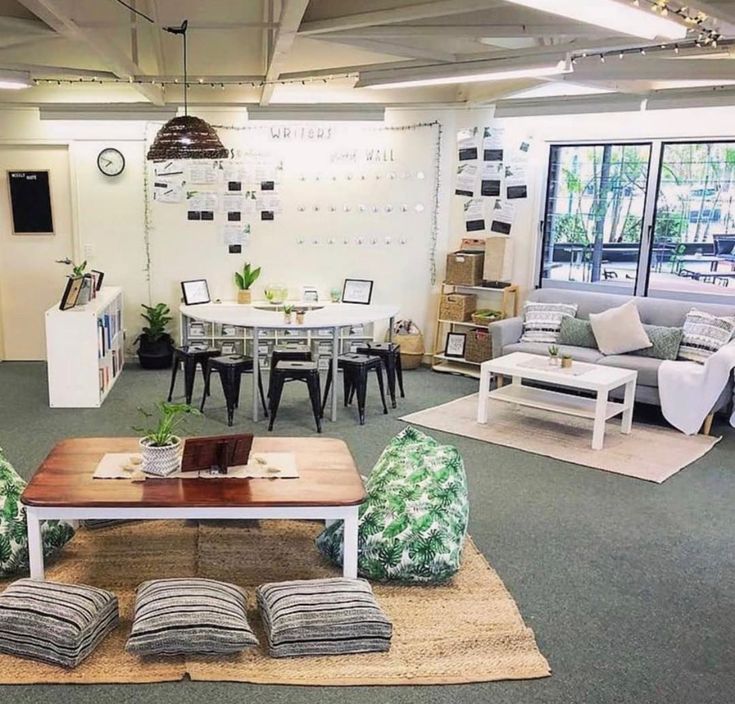
Fire imaginations
3D printers and design software inspires creativity and ignites young imaginations. In fact, the possibilities of what students can create through 3D printing are infinite; and it’s remarkable how creative children can be when empowered with the ability to turn their 3D designs into real physical objects!
Instil spatial intelligence
Spatial intelligence involves analysing and interpreting the size, shape, movement and relationships between objects; it’s the ability to draw correct conclusions from observing three-dimensional environments. According to studies, the use of 3D printers in lessons enhances a student’s spatial intelligence, with such intelligence an important predictor of achievement in STEM subjects.
Boost digital engagement
3D printing is a hands-on, fun activity. So, by incorporating this technology into lessons, teachers can uncover fresh ways to keep pupils engaged; adding extra value and relevance to lessons in a way that is both mentally stimulating and enjoyable.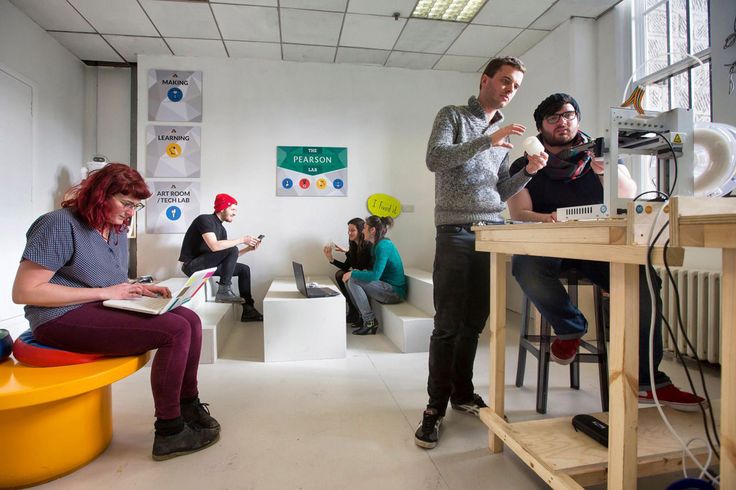 What’s more, 3D printers are applicable across education levels; making them a natural starting point for early years digital engagement.
What’s more, 3D printers are applicable across education levels; making them a natural starting point for early years digital engagement.
Help students prepare for the future
The ability to innovate in our digital world is becoming increasingly important, so encouraging pupils to explore tools that help them to think differently will prepare them for life after education. That said, it’s not about technology for technology’s sake. Global revenue for 3D-printing spending is projected to reach $35.4 billion in 2020. In response, schools should use 3D printers as a way to expose students to this soon to be widely used-tech, and get them future ready.
Boost computational thinking
Computational thinking and skills such as decomposition, pattern recognition, logical thinking, reasoning, and problem-solving are becoming increasingly important. 3D printers (and other tools such as micro:bits and Raspberry Pi) are helping to make computational thinking a key part of the modern curriculum.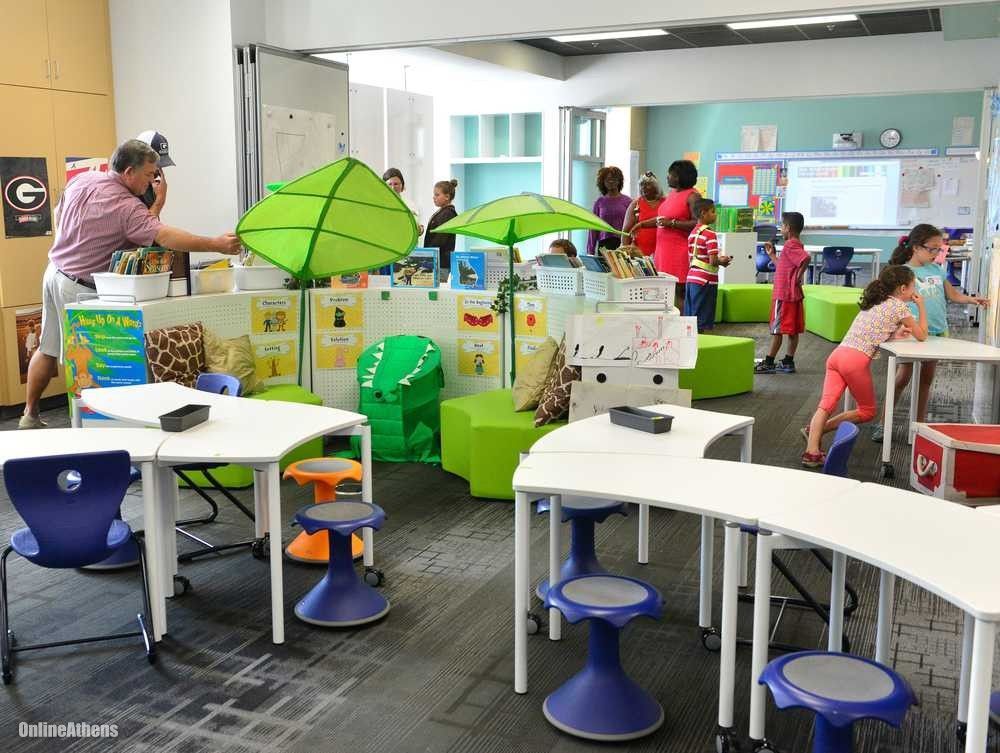
Create new learning materials
If your school doesn’t have access to specific learning materials, a 3D printer could help you to make them instantly!
The opportunity to realise a concept or idea quickly into a 3D product is an incredibly powerful teaching tool
David Jermy, head of DT at Settlebeck High School, Sedbergh, Cumbria
How teachers are already using 3D printers in the classroom
Integrating a 3D printer into the classroom is affordable, despite increasingly squeezed academic budgets. In fact, 3D printers often come in cheaper than laptops and computers. Nevertheless, most teachers are still reluctant to use one in their lessons.
Despite the reported benefits, while over 70% of schools have access to a 3D printer, only 9.04% of teachers use this technology frequently.
State of Technology in Education Report: 2016
Here are just some examples of how you can use 3D printers in your classroom:
- Create interactive maps.
 3D printers can be used to design and build interactive maps. These can be of real-life modern cities, maps setting out what pupils think the city of the future will look like, historical locations (e.g. a Roman settlement), or even fictional places from books students are reading.
3D printers can be used to design and build interactive maps. These can be of real-life modern cities, maps setting out what pupils think the city of the future will look like, historical locations (e.g. a Roman settlement), or even fictional places from books students are reading. - Create decorations. Younger children can use 3D printing to create their own seasonal decorations.
- Recreate real-life structures. Create models of world-famous buildings such as the Empire State Building or the Taj Mahal. You can also recreate historical ruins such as the Colosseum in all its former glory.
- Get musical. Ask a class to design and create a new musical instrument.
- Consider the tools for a job. For example, you could ask pupils to print out what they think an astronaut needs in space.
- Bring back the dinosaurs. Use a 3D printer to create a sculpture of a T-Rex or other dinosaur.
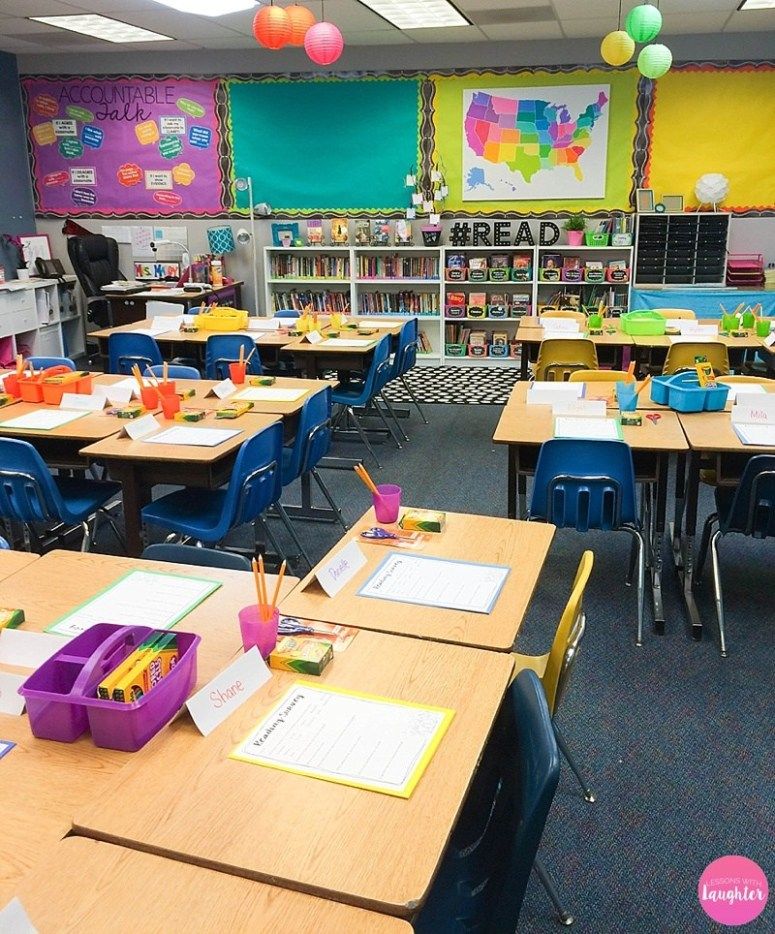
- Create a human skeleton and/or internal organs. Create anatomical models to teach pupils about the human body.
- Build maths experiments. Design larger experiences to facilitate mathematical thinking.Here are some real-life examples of how 3D printing in being used in maths education
How are you using 3D printers in your classroom? Tell us on Twitter!
Rather than just being a cool piece of tech, 3D printing has significant educational benefits and practical applications for the next generation of engineers, architects, designers, and creatives. However, digital leaders in education must do more to ensure teachers are comfortable enough with the technology to use it successfully in the classroom.
Why do we need 3D printing at school?
Today, the use of 3D printing technologies in education is only just beginning to gain momentum, but already there are amazing prospects. 3D printing can be introduced to primary and secondary schools, universities and other educational institutions. One of the reasons 3D printing has been slow to take off is the lack of awareness of the technology among education decision makers.
One of the reasons 3D printing has been slow to take off is the lack of awareness of the technology among education decision makers.
3D printing technology is still quite new, so the introduction of it in schools can have a significant impact on further development. At an earlier age, it is much easier to introduce new ideas and methods to a person. That is why children learn foreign languages much faster than adults. And that's why elementary and middle schools are the perfect place to introduce 3D printing courses.
Almost every subject taught in school can benefit from 3D printing – here are a few examples.
3D printing in mathematics
3D printing is already being used in teaching mathematics, in particular for the visual demonstration of graphs and mathematical models. Some students find it difficult to understand the numbers and charts they see on paper. This does not mean that they are not capable of learning - it is just a feature of the brain.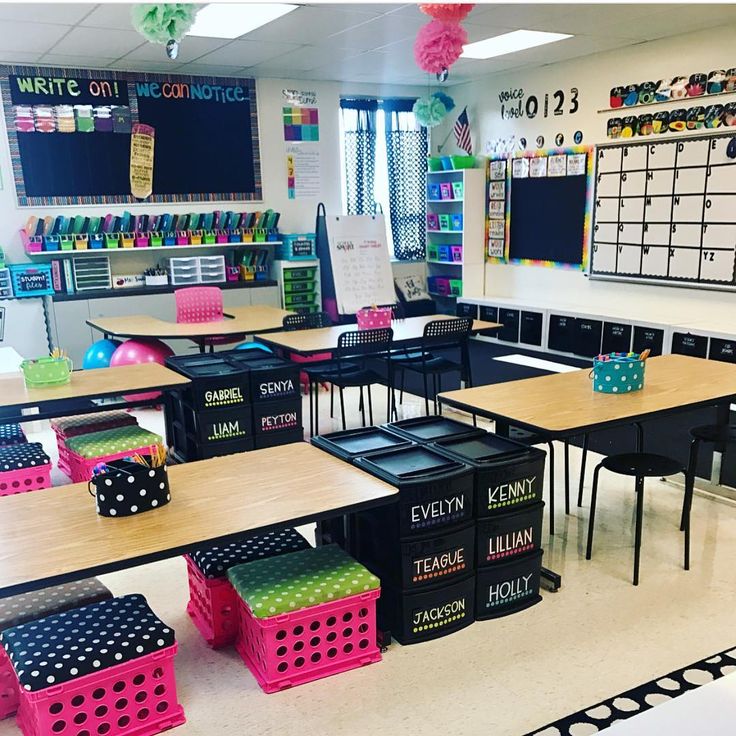 3D printing helps these students see equations, graphs, and complex mathematical models in a real-life way – and thus understand them. It is also important that 3D printing brings an element of variety to a subject that is usually quite boring.
3D printing helps these students see equations, graphs, and complex mathematical models in a real-life way – and thus understand them. It is also important that 3D printing brings an element of variety to a subject that is usually quite boring.
3D printing in geography and geology
3D printing technologies can be used to show students geological formations at a scale that cannot be seen in a 2D image. We have already seen not only successful examples of the use of 3D printing in the teaching of geography and geology, but also how scientists used 3D printing to land a lander on a comet, choosing the best place to land on a 3D model. In addition, earthquake models were printed on a 3D printer for comparative analysis, as well as models of the causes and consequences of hydraulic fracturing in the development of oil and gas fields. Of course, living in a 3D world, it is best to teach geography and geology using visual 3D models. If textbook authors agree on the importance of 3D printing and want to incorporate it into lesson planning, they can include 3D printing files in each chapter.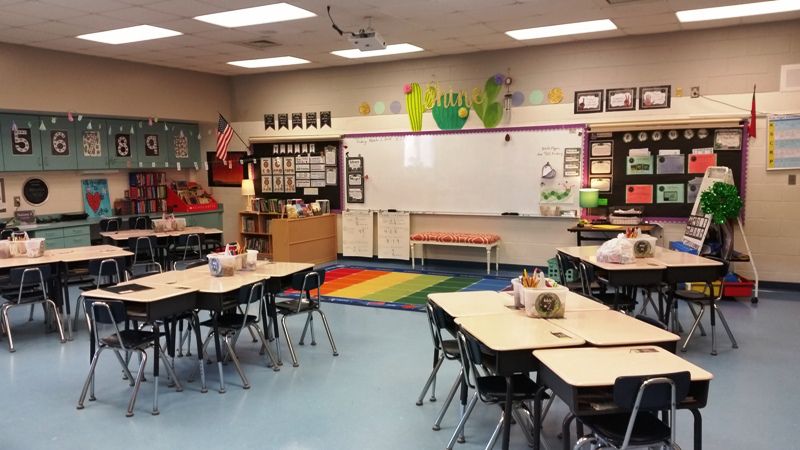 This will make the lessons more interesting and informative for both students and teachers - for example, you can print reduced models of mountain ranges, rivers, canyons and other geographical objects on a 3D printer. Thus, children will be able to observe some famous places of the world with their own eyes without leaving the classroom.
This will make the lessons more interesting and informative for both students and teachers - for example, you can print reduced models of mountain ranges, rivers, canyons and other geographical objects on a 3D printer. Thus, children will be able to observe some famous places of the world with their own eyes without leaving the classroom.
3D printing in history
It can be said that history as a subject will benefit the most from the introduction of 3D printing. Museums around the world are finally beginning to recognize the enormous potential of 3D scanning and 3D printing, not only to create replicas of ancient objects, but to give visitors the chance to literally touch them. Previously, throughout the museum there were signs "Do not touch the exhibits with your hands." Now that replicas of objects can be produced using high-precision 3D printers and scanners, museum visitors have the opportunity to touch the exhibits, many of which are virtually indistinguishable from the originals.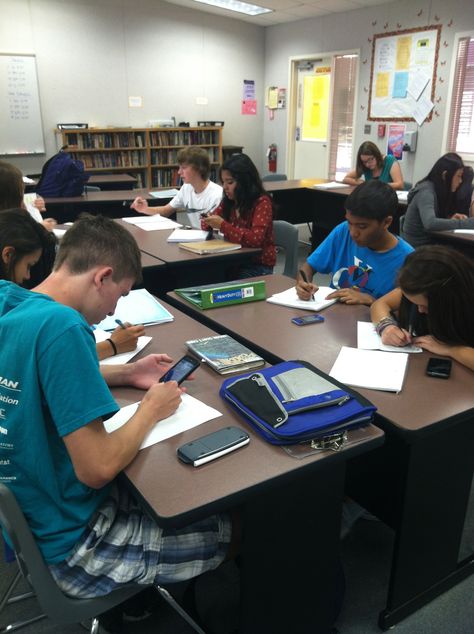 Now imagine that in every history class, students will have the opportunity to print copies of historical objects on a 3D printer from the mass of STL files available for download. Now every school will have access to museum exhibits right in the classroom. In addition, it is much more interesting than reading chapter after chapter in a textbook, when many students cannot concentrate, are distracted and do not understand what they read. Being able to show an item from the era in question will make the lesson more fun.
Now imagine that in every history class, students will have the opportunity to print copies of historical objects on a 3D printer from the mass of STL files available for download. Now every school will have access to museum exhibits right in the classroom. In addition, it is much more interesting than reading chapter after chapter in a textbook, when many students cannot concentrate, are distracted and do not understand what they read. Being able to show an item from the era in question will make the lesson more fun.
3D printing in art
Of course, 3D printing can be used with great success in art classes. This technology opens up a range of possibilities for teachers, such as incorporating 3D design into the curriculum. With the help of 3D printing, students can bring the models they have designed to life - this will also make the lessons more interesting. In addition, there will be no need to be limited to a two-dimensional screen to demonstrate three-dimensional models.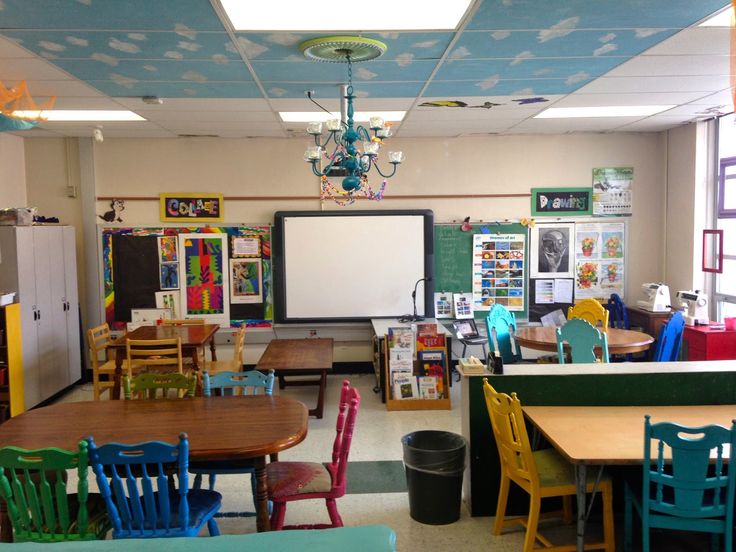 It will be possible to carry out design projects at the national and even international level, providing other schools with open access to models for printing on a 3D printer. Schoolchildren from New York will be able to work on joint projects with their peers from India, and then both schools will be able to print the result on a 3D printer.
It will be possible to carry out design projects at the national and even international level, providing other schools with open access to models for printing on a 3D printer. Schoolchildren from New York will be able to work on joint projects with their peers from India, and then both schools will be able to print the result on a 3D printer.
In recent years, a number of opportunities that 3D printing provides to the arts have already been shown, but this is still the smallest part of its potential. 3D printing allows you to take a fresh look at the creation of art objects. If 3D printing is available to schoolchildren around the world, it will be the next generation that will bring these technologies to all possible areas of art and ensure that their full potential is realized.
3D printing as a tool
Not only does 3D printing provide ways to explore different subjects, but it can also become the center of a new academic discipline. With due aspiration and the right approach to the implementation of this task, 3D printing can be taught as a separate subject.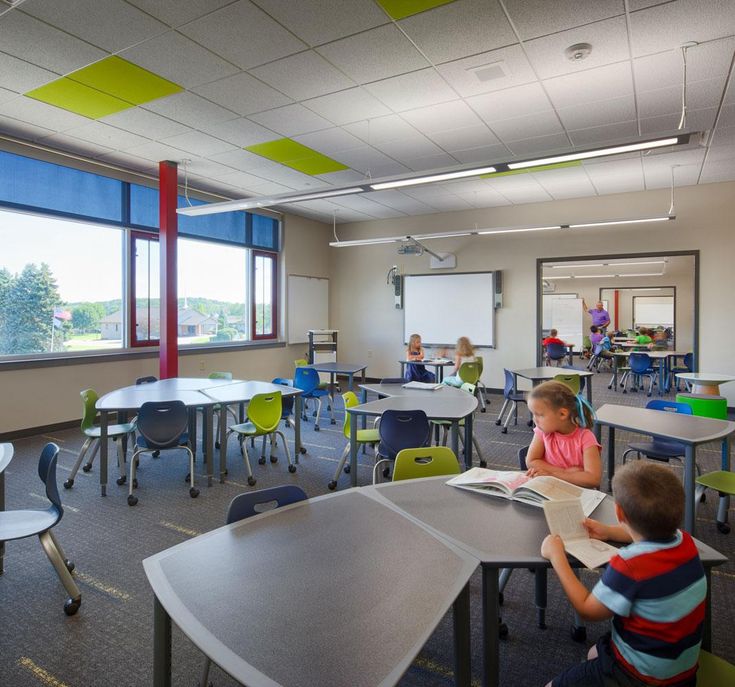
We live in an era of rapid development of new technologies, and one of them is 3D printing. At the same time, schools still live in the past, having not changed the teaching methods used by previous generations for decades. It's understandable that new technologies can be intimidating, especially for the conservative old guard, but there is a need for change. The introduction of 3D printing is a change that schools around the world should be thinking about.
Already, some companies are starting to develop and popularize curricula that include 3D printing as a tool or a separate discipline – and there should be more such initiatives. It is impossible not to take into account another fact that hinders the development of technology - the insufficiency of the budget that most schools have. Also, most people just don't know much about 3D printing.
It is logical that when it comes to financial matters, people who are not familiar with the technology will vote against investments related to it. Given this fact, the government at the national and regional level should take on the responsibility of informing school authorities about the potential of new technologies. Particularly in the US, President Barack Obama is already taking important steps to raise awareness of 3D printing. More efforts will need to be made in this direction, with particular attention to the education sector.
Given this fact, the government at the national and regional level should take on the responsibility of informing school authorities about the potential of new technologies. Particularly in the US, President Barack Obama is already taking important steps to raise awareness of 3D printing. More efforts will need to be made in this direction, with particular attention to the education sector.
3D printer at school, everything you need to know
top sellers
-
Bearing 604UU U604ZZ
U-bearing U604ZZ 604UU 4*13*4
35.00 UAH
-
Thermal mat for 3D printing 200 x 200 mm
3D printing thermal mat
150.00 UAH
-
Buy epo3d+ 3D printer
Epo3d+ Ukrainian FDM 3D printer on HIWIN rails.
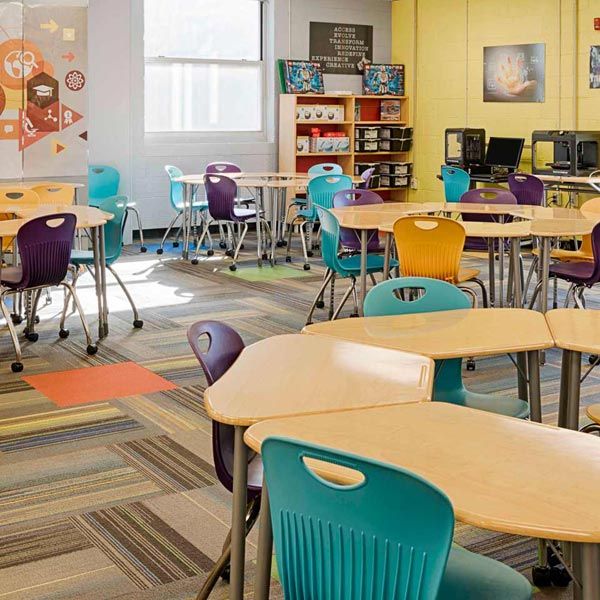 Thanks to reliable...
Thanks to reliable... UAH 35,000.00
-
ABS granules
ABS granules for extrusion
400.00 UAH
-
PLA
PLA environmental plastic from Plexiwire. 100% advance payment....
UAH 375.00
-
Buy ABS plastic (ABS)
ABS plastic from Plexiwire. 100% prepayment. Free shipping...
UAH 220.00
-
Mini motor reducer 12v 100 rpm
high torque mini electric motor.
 Its size...
Its size... 150.00 UAH
-
Nozzle for 3D printer 1.75 mm, for E3D and MK8 hotends
Nozzle for 3D printer 1.75 mm 0.2/0.3/0.4/0.5
35.00 UAH
-
PETG plastic for 3D printer
PETG plastic from Plexiwire. 100% prepayment. Free...
UAH 360.00
-
SHF-20 shaft support
SHF-20 shaft support is used for CNC
60.00 UAH
-
A4988 stepper motor driver
35.
 00 UAH
00 UAH -
Buy epo3d 3D printer
Ukrainian epo3d 3D printer built on the basis of modern kinematics...
UAH 18,000.00
All best sellers
Information
3D printer at school, everything you need to know
Just think, you could use a 3D printer to physically shape each lesson plan. Which 3 D printer is ideal for working with children.
3D printing provides a whole new level of creative learning and understanding for students. And thanks to its affordability, 3D printers in the classroom are no longer a fantasy.
3D printing can be used at all levels of education, from elementary schools to universities. Not to mention the fact that almost any object, with the help of a 3D printer, becomes more understandable and interesting. And it's not as hard to integrate 3D printing into the curriculum as you might think...
A 3D printer in the classroom solves a number of important problems at once, such as:
- Capturing the interest of students
3D printing has the added benefit of keeping young learners interested with a visual aid. The process of designing and then printing their creations is stimulating, but the feedback from idea to creation makes the learning experience enjoyable, but more importantly, makes learning effective.
- Encourage interaction during class
Using a 3D printer instantly turns any classroom into an interactive learning experience. Whether it's printing skeletal parts for use in biology classes or creating prototypes for engineering classes, the process requires learning through interaction and encourages learning.
- Create material assets
Complex concepts become not only visible, but also tangible. Whatever you normally draw on the board, you can explain with models that students can touch and explore from any angle.
- Practical training through 3D models
Specially for arts and technology, it is very useful to use prototyping capabilities to bring students' creative ideas and designs to life.
Here are some more ideas to use 3 D printers in the learning process:
- .Engineering design students can print prototypes of
- Architecture students can print 3D models of structures
- History classes can print historical artifacts for study
- Graphic design students can print 3D versions of their work
- Geography students can print topographic, demographic, or population maps.
- Cooking students can create food molds
- Automotive students can print replacement parts or modified samples of existing parts for testing.
- Chemists can print 3D models of molecules
- Biologists can create cells, viruses, organs and other important biological artifacts.
When buying a 3D printer for your school, pay attention to its key features.
The first is, of course, safety. The case of the 3D printer for the school must be completely closed. An exhaust hood or a filter can be connected to such a case, which will eliminate the problem of evaporation when the plastic is heated. Students will not burn themselves by accidentally touching a hot nozzle or table. The closed housing ensures quiet operation of the printer and protects it from dust and other contaminants.
Good kinematics, rigid body and branded European rails or shafts ensure long and high quality work. It's not bad if the purchased 3D printer has additional features, such as the ability to connect a laser.
After purchasing a 3D printer, you will find that you need various accessories such as scrapers, cutters, tweezers, glue, etc.





